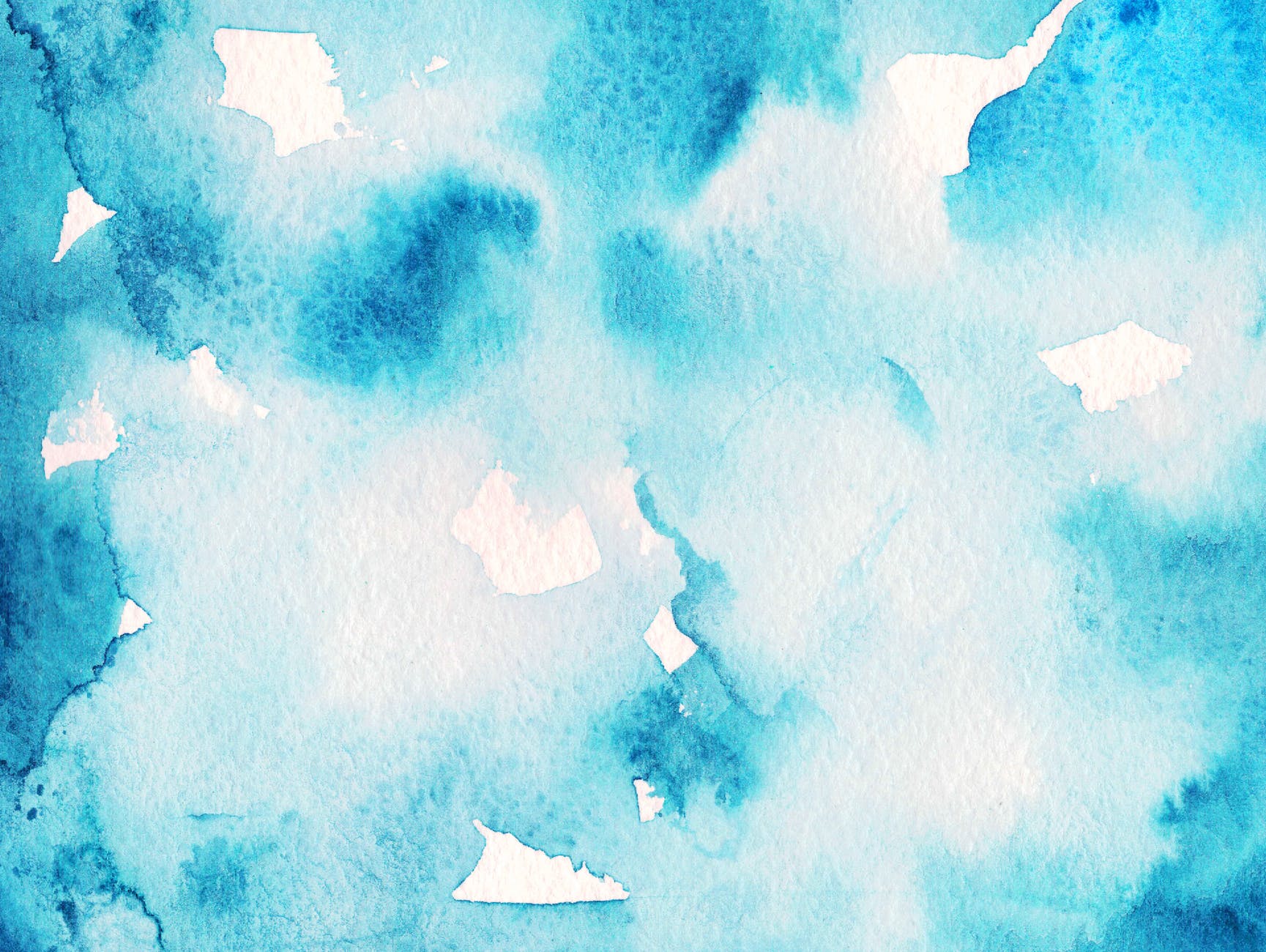Psychedelic art rose to prominence in the 1960s during the counter-culture movement, where traditional societal norms were broadly challenged. Characterized by its vibrant colors, intricate details, and mind-bending patterns, this art style encapsulates much more than just a creative expression. It represents an exploration of consciousness and the human psyche. There are several unique styles within psychedelic art, each offering its own interpretation of this captivating Art form.
The earliest forms of psychedelic art were greatly influenced by abstract expressionism and surrealist art. Abstract expressionism, characterized by gestural brush-strokes or mark-making, and the impulsive, automatic or subconscious creation of art, became a stepping-stone toward creating psychedelic pieces that sought to express the inner workings of the human mind. Similarly, surrealist art, with its emphasis on tapping into the subconscious, played a significant role in shaping psychedelic art. These forms sought to challenge reality, presenting fantastical and distorted images drawn from the depths of the imagination.
Over time, artists began to incorporate optical illusions into their work, creating a sense of movement and depth that further enhanced the psychedelic experience (source). These trippy visuals stimulate the viewer’s perception, instigating contemplation and introspection. The use of such visuals is central to the psychedelic experience, guiding viewers on an introspective journey fueled by bold, visually stunning artistry.
Fractal art is another popular style within the psychedelic art realm. Fractals are infinitely complex patterns self-replicating at different scales, creating mind-bending patterns that enthral viewers with their complexity and beauty. The intricate, never-ending patterns and structures in fractal art imitate the psychedelic experience’s unpredictability and boundlessness, encapsulating the viewer within a visually mesmerizing realm of imagination.
The advent of technology has also introduced the world to digital art within the psychedelic art scene, where artists use software tools to create stunning, multi-dimensional pieces. Digital art allows artists to express their creativity without physical limitations, sharing their imagination’s infinite expanses with the world. This style often involves complex layers and intricate detailing, creating hyper-realistic images that carry a dream-like quality.
Blacklight art is another fascinating style, where artists use materials that respond to UV light to produce vibrant, glowing works. Often found in immersive exhibit spaces, this art style enhances the psychedelic experience by introducing a dynamic, interactive element to the artwork. These pieces seem to move and change with the viewer’s perspective, creating a captivatingly immersive art experience.
Fantasy landscapes are also a prevalent theme in psychedelic art. These works often depict unreal, dreamy scenarios brimming with vibrant colors and improbable elements. The imagery could range from floating islands in the sky, talking animals, to humans morphing into cosmic bodies. These extraordinary scenes seek to access and explore humanity’s collective subconscious, guiding viewers into an exploration of their psyche and the universal human experience.
Psychedelic art, in all its forms, serves a dual purpose. Not only does it captivate audiences with its vibrant colors, intricate patterns, and trippy visuals, but it also encourages a deeper understanding and exploration of the human mind. Whether it be through the abstract expression of feelings, the surreal depiction of subconscious thoughts, swift digital wizardry, the radiant glow of blacklight art, the perplexing complexity of fractal patterns or the mesmerizing allure of fantasy landscapes – each style within the psychedelic art realm adds another layer to this multifaceted artistic expression.
In the end, psychedelic art isn’t just about creating visually stunning pieces. It’s about pushing boundaries, challenging norms, and pioneering a unique form of artistic expression that embraces the complexities and depths of human consciousness. Through an exploration of these various styles, we can begin to recognize and appreciate the extraordinary depth and breadth that psychedelic art offers.





